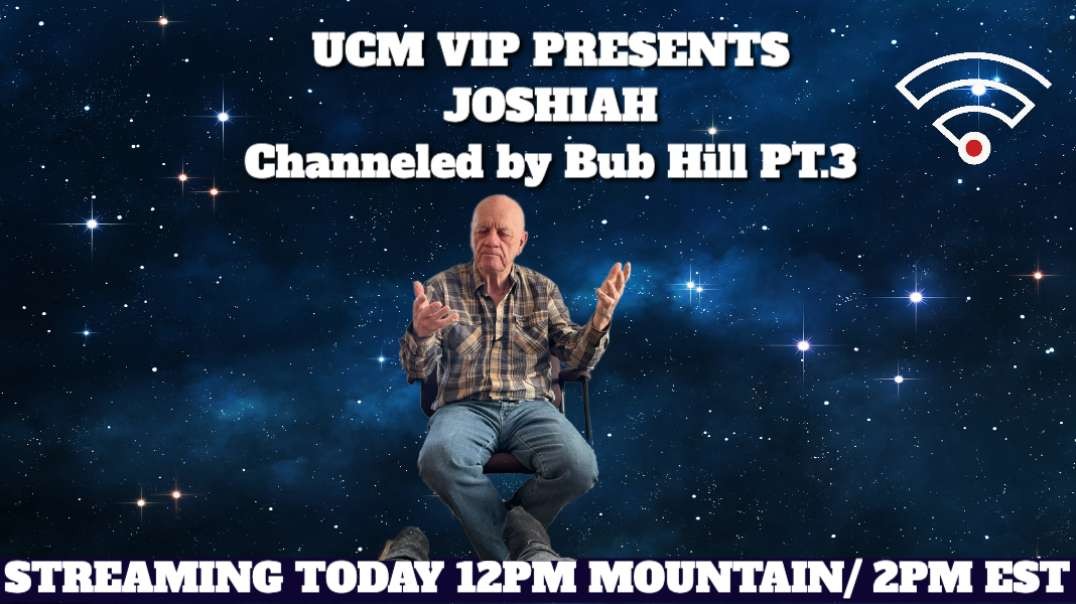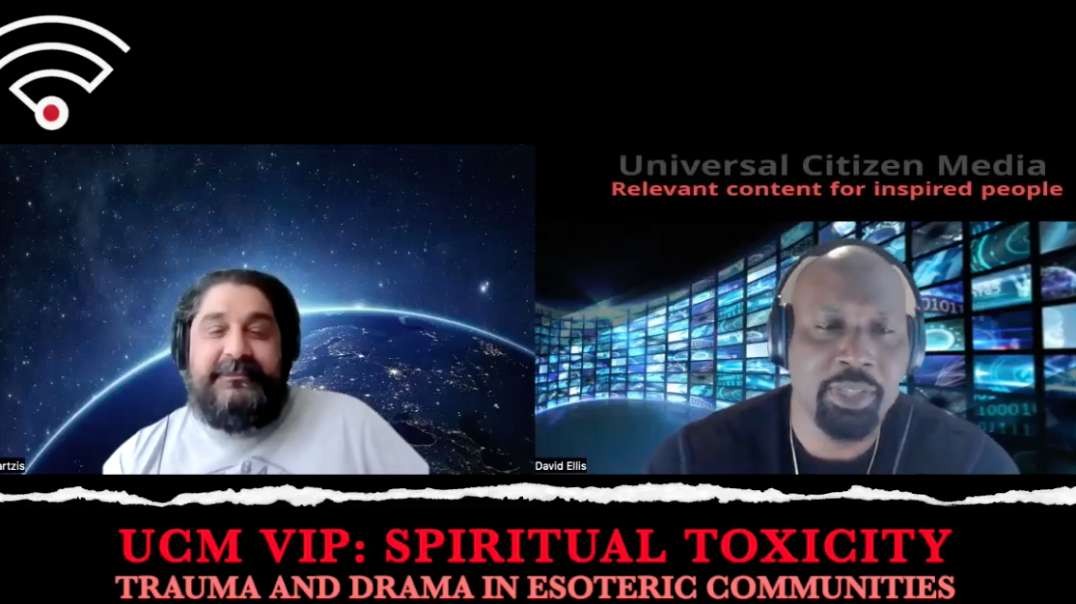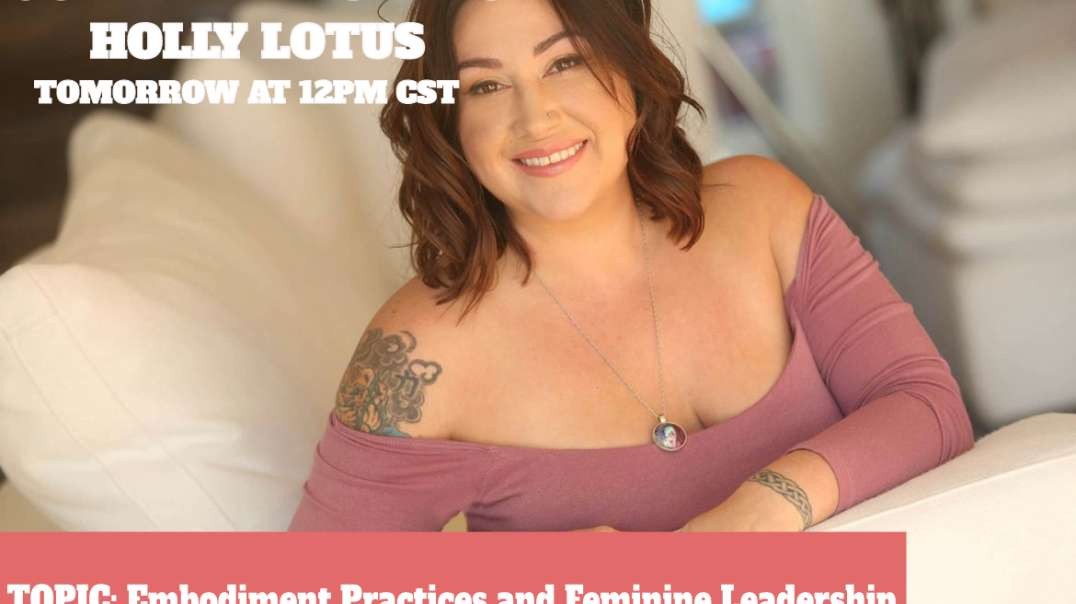Trauma Focused Cognitive Behavioral Therapy CBT Part 2
A direct link to the Counseling CEU course is a https 3A 2F 2Fwww allceus com 2Fmember 2Fcart 2Findex 2Fproduct 2Fid 2F661 2Fc 2F a traumainformed traumafocused cognitivebehavioral AllCEUs provides counseloreducation and CEUs for LPCs LMHCs LMFTs and LCSWs as well as addiction counselor precertification training and continuing education Live Interactive Webinars 5 a https 3A 2F 2Fwww allceus com 2Flive-interactive-webinars 2F a Unlimited Counseling CEs for 59 a https 3A 2F 2Fwww allceus com 2F a AddictionCounselor and RecoveryCoach a https 3A 2F 2Fwww allceus com 2F a certificate-tracks Pinterest drsnipes Podcast a https 3A 2F 2Fwww allceus com 2F a counselortoolbox Define Trauma Focused CBT Explore the components of Trauma Focused CBT and their intended functions Explore ways to use TF-CBT with adult clients Facts about TF-CBT Works for children who have experienced any trauma including multiple traumas Is effective with children from diverse backgrounds Works in as few as 12 treatment sessions Has been used successfully in clinics schools homes foster care residential treatment facilities and inpatient settings Works even if there is no parent or caregiver to participate in treatment Facts About Trauma TF-CBT is intended for children with a trauma history whose primary symptoms or behavioral reactions are related to the trauma Traumatic stress reactions can be more than simply symptoms of PTSD and often present as difficulties with Affect regulation Relationships Attention and consciousness Somatization Self-perception Systems of meaning These effects can also interfere with adaptive functioning Components of TF-CBT Psychoeducation Parenting skills Relaxation and stress management skills Affect expression and modulation Cognitive coping and processing are enhanced by illustrating the relationships among thoughts feelings and behaviors Trauma narration In-vivo mastery of trauma reminders Conjoint parent-child sessions Effects of TF-CBT Reduction in Inappropriate Populations Primary issue is defiant or conduct disordered Child is suicidal or homicidal Child is severely depressed Child is actively abusing substances Challenges Potential barriers and obstacles may include the following The parent caregiver Does not agree that the trauma occurred Is suspicious distrustful or does not believe in the value of therapy Is facing many concrete problems such as housing that consume a great deal of energy Is not willing or prepared to change parenting practices even though this may be important for treatment to succeed Interventions to Strengthen Parental Alliance Specific strategies that can be undertaken include Perseverance in establishing a therapeutic alliance Exploring past negative interactions with social service agencies or therapy Exploring the parent caretaker s potential concerns that may make them feel as if they are not being understood accepted believed listened to or respected Delaying joint sessions until the parent caregiver can offer the child support Educate about how therapy works Instilling optimism about the child s potential for recovery Information about Trauma When children are traumatized they may Be confused Not completely understand what has happened Blame themselves Hold on to myths because they've been misled and deliberately given incorrect information One of the best ways to help is to provide accurate information Psychoeducation Psychoeducation helps to Clarify inappropriate information children may have obtained directly from the perpetrator or on their own Identify safety issues Provide another way to target faulty or maladaptive beliefs by helping to normalize thoughts and feelings about the traumatic experience s Get the child to start talking about the specific trauma s that he or she has experienced in a less anxiety-provoking way by talking in general about the type of trauma a https 3A 2F 2Fwww samhsa gov 2Fcapt 2Fpracticing-effective-prevention 2Fprevention-behavioral-health 2Fadverse-childhood-experiences a Psychoeducation typically involves Specific information about the traumatic events the child has experienced Body awareness sex education in cases of physical or sexual maltreatment Risk reduction skills to decrease the risk of future traumatization Information needs to be tailored to fit the child's particular experiences and level of knowledge Provide caregivers with handout materials to reinforce the information discussed in-session Encourage caregivers to discuss information at home
-
Select a category






















There no comments on your videos ATM